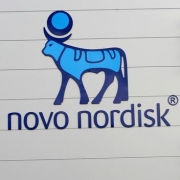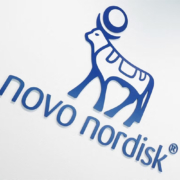Q&A with Klick Health’s Ellen Cappellino on the value of obesity drugs (online exclusive)
Q&A with Klick Health’s Ellen Cappellino on the value of obesity drugs (online exclusive)
By Christiane Truelove • [email protected]
Med Ad News chats with Ellen Cappellino, executive director of value, access & reimbursement strategy at Klick Health about the obesity drug market and payer attitudes towards the GLP-1s.
Med Ad News: Do you think payers will continue to “gate keep” these drugs for patients with comorbidities such as hypertension, heart failure, and type 2 diabetes, even when supplies are increased to ensure greater availability?
We believe it is likely that payers will continue to employ utilization management criteria based on labeled indications (eg, diagnosis of obesity and one related comorbidity, such as high blood pressure or diabetes) until there is deeper evidence in broader populations of long-term benefits (e.g. durability of response, reduction in mortality and/or related risk factors) and safety / tolerability. This has occurred in other categories, such as neuroscience.
Med Ad News: What do you see as the main barriers for patients to receiving these drugs for obesity without any comorbidities?
The main barriers for patients to receive these drugs for obesity are deeper understanding of their clinical benefits and cost in populations without comorbidities. Payers will likely be looking for more comprehensive RWE and HEOR data to support this continued utilization.
Med Ad News: These drugs may represent a true breakthrough in the treatment of obesity, but what else needs to change in the healthcare system for them to be truly cost-effective? What are ways manufacturers can help?
We believe patients would benefit from an integrated approach, including behavioral change and nutrition in conjunction with appropriate use and monitoring of these therapies. Some evidence indicates that once these medicines are stopped, weight gain reoccurs, especially if nutrition and behavioral changes have not been incorporated. It would be helpful for manufacturers to continue to support evidence in this area, including a deeper understanding of when and how to successfully discontinue treatment, and how to sustain effective outcomes through nutrition and behavioral change.
Med Ad News: Lilly started a service called LillyDirect to get patients access to its diabetes, obesity, and migraine medications, via telehealth and in-patient visits. Do you envision other manufacturers doing something similar? What are the pitfalls to such a move? Would these kinds of services actually increase patient access and improve health equity?
Telehealth is a growing and needed part of healthcare delivery, as it helps those patients that prefer this channel of care and provides additional channels of support.
Additionally, telehealth options have been shown to improve access to therapies and health equity. They are absolutely an integral part of our healthcare system and, we believe, essential in this space.
However, it is important to reinforce the need for continuity of care with a primary care physician and the benefits of comprehensive annual check-ups to maintain / improve health status and ensure optimal treatment regimens. This is especially important for patients with chronic illness.










